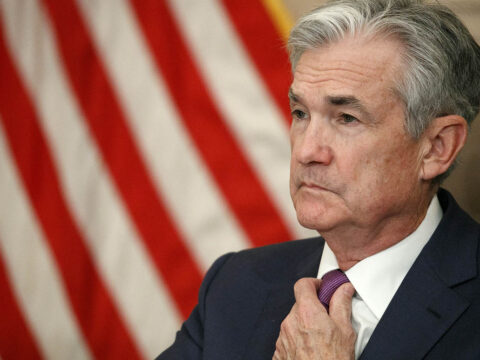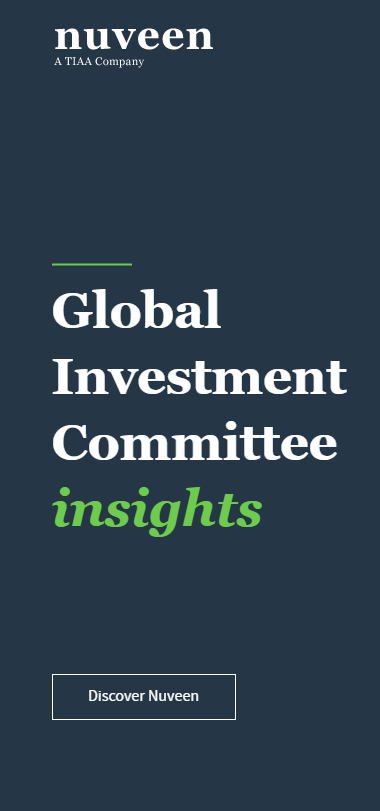
April 27, 2020 – After markets closed, the Federal Reserve announced an expansion of the Municipal Liquidity Facility (MLF).
Specifically, the Fed will now purchase short-term notes from cities and counties with populations of 250,000 and 500,000, respectively. The previous announcement on April 9 stipulated minimum population requirements of 1 million for cities and 2 million for counties. A list of eligible municipal issuers is provided here.
While the Fed seem to have addressed the biggest criticism of the MLF, i.e. the exclusion of many cash-strapped cities and counties, the issued FAQs contained elements that might stymie issuers as well.
Notably, the Fed confirmed that the lending rate will be at a premium to market. Consistent with Section 13(3) of the Federal Reserve Act, the Fed is a lender of last resort and issuers should be expected to pay a “penalty rate”. Given the Fed plans to streamline lending rates based on credit rating, portfolio managers BuyMuni spoke with are of the view some winners will emerge (including highly-rated frequent issuers) over infrequent issuers with moderately-high ratings.
Some states, fearing a stampede on their own credit quality due to greater debt incurred at their sub-divisions – have lobbied for greater flexibility when acting as a conduit issuer but in the FAQs, the Fed rejected this request, stating that eligible issuers “would bear the credit risks associated with any notes”. As BuyMuni has previously noted, many states have state constitutional restrictions on issuing debt on behalf of locals.
Finally – and we saved the best for last – the Fed devoted not ONE but TWO Q&As to alert issuers that they should only borrow from the MLF if the issuer is “unable to secure adequate credit accommodations from other banking institutions”.
Public finance lawyers are about to see higher billable hours, documenting a municipality’s inability to borrow from banks as a result of dwindling revenues and uncertain projections.
Unfortunately, this particular stipulation of the FAQ results in more unanswered questions than clarity, including:
Do bond issuances constitute bank borrowing? At least 25% of municipal bonds are purchased yearly by banks for themselves or their clients.
Do bank-supported variable-rate demand bonds constitute a form of borrowing? There are at least several hundred million of such issuance outstanding today.
Do wealthy states with billions in their cash reserves like California qualify for what has now been defined as hardship loans?
Why did the Federal Reserve elect to regurgitate a standard Section 13(3) mandate in a guidance the Fed knows thousands of public finance officials, bankers and investors have waited with great anticipation, and will parse over-and-over again in document review sessions and market update conference calls?
This is pure speculation, but in a time where well capitalized, private equity-backed companies are tapping hundreds of millions of forgivable Paycheck Protection Program (PPP) loans meant for small businesses, “forgive” me for thinking the Federal Reserve, in their nerdy and official ways, are drawing a red line.
The red line screams:
The last shall be first. Issuers that are doing fine and find themselves at the front of the line, might wish to give their spot to more needy sister states.
Contact Karen Bigelow at KBigelow@buymuni.com.



